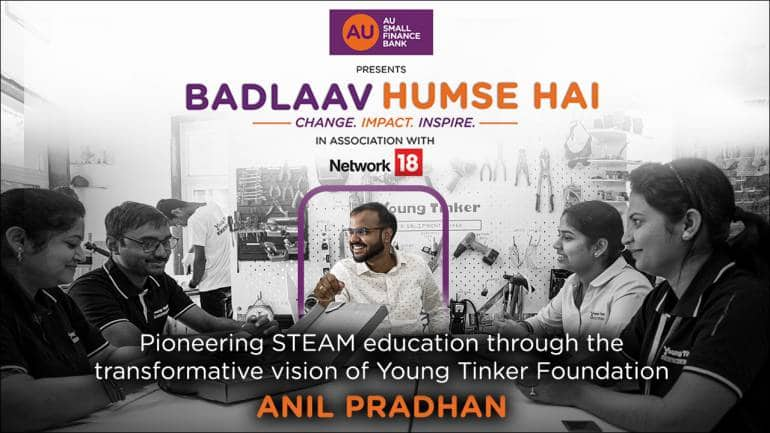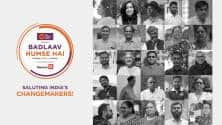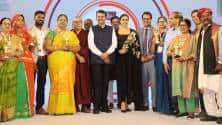
18-year old Rina Bagha was in a desperate situation. Born into a family of daily wage labourers, she needed to find employment urgently, as the Covid-19 lockdowns had decimated the family's meagre savings. However, jobs during the lockdowns were near impossible to find. Learning that welding paid well, Rina decided to learn welding - an unconventional choice for a young girl.
With no prior knowledge of the trade, and a world to prove wrong, Rina threw herself into her training, and her tenacity caught the eye of the Young Tinker Foundation. In just two short years with the Young Tinker Foundation, Rina didn't just learn how to weld, but also became a vital member of the prestigious NASA Human Exploration Rover Challenge (HERC) team.
Incidentally, this team is led by another Young Tinker Foundation hero, Basudeba Bhoi, whose family, like Rina's had no way of giving him the education and opportunities that Young Tinker Foundation were able to unlock. Aside from being the prototype lead on HERC, Basudeba innovated bionic hand (artificial hand) though open-source material and facility at school. With his project, he wants to give hope to people with disabilities. His long-term goal is to become a scientist in ISRO and bring glory to his country.
These remarkable journeys are the result of the vision of one man: Anil Pradhan. Anil's pioneering spirit led him to establish the Young Tinker Foundation in 2015, driven by a mission to provide quality education, especially to underprivileged students, through an innovative tinkering pedagogy.
Young Tinker Educational Foundation, formerly Navonmesh Prasar Foundation, stands as a non-profit organisation with a profound vision: to build an equitable world through STEAM education and skills of the future. The foundation's mission is to democratise access to the world's best hands-on STEAM education, enabling makers and innovators of today and tomorrow.
The foundation seeks to provide hands-on STEM education to students from various backgrounds, including remote villages, island villages, and orphanages. Already, several Young Tinker spaces are established in existing private and government schools, orphanages, and rural communities, catering to diverse learning environments.
The Young Tinker curriculum unfolds in four phases: Tinker, Maker, Innovator, and Entrepreneur. In the Tinker phase, children explore themselves and the needs of their communities through discussions and brainstorming. The Maker phase introduces new skills, setting the stage for practical learning. Moving to the Innovator phase, students apply these skills to solve real-life problems in their local areas. The Entrepreneur phase teaches students to build businesses around their solutions, fostering a sense of self-efficacy and real-world application.
One of the better publicised achievements of Young Tinker's journey was its stellar performance at the aforementioned NASA Human Exploration Rover Challenge. The foundation's team secured three awards, etching India's name in history as the first team in Asia to achieve this feat.
Anil Pradhan's dream, which began with just three students, has grown into a movement that impacts more than 2,50,000 children. The foundation's commitment to inclusivity is evident in its outreach to girls and women. Since its inception, the Young Tinker Foundation has impacted 1,32,000 girls and women. From a modest team of two, the foundation has grown to encompass over 150 volunteers and associates, demonstrating the collective power of passionate individuals united by a common cause. As the foundation continues to expand, Anil envisions establishing over 400 Tinker spaces in the next two years, cultivating a legion of young entrepreneurs who hold the potential to change India's destiny.
To honour stories like Anil Pradhan and Young Tinker Foundation, AU Small Finance Bank presents Badlaav Humse Hai Season 2, in association with Network18. Just like the first season, Season 2 celebrates 25 stories that showcase changemakers whose unsung work has helped carve out cultural identities for communities, lifted them out of poverty; created access where only barriers existed; shown communities how to work with nature to create true sustainability; changed hearts and minds about othered communities; changed the lives of many through economic, social or educational empowerment, and much, much more.
Watch Season 2 of Badlaav Humse Hai for more stories like this one. You may also catch up on all the wonderful stories from Season 1.
Moneycontrol Journalists were not involved in the creation of the article.


